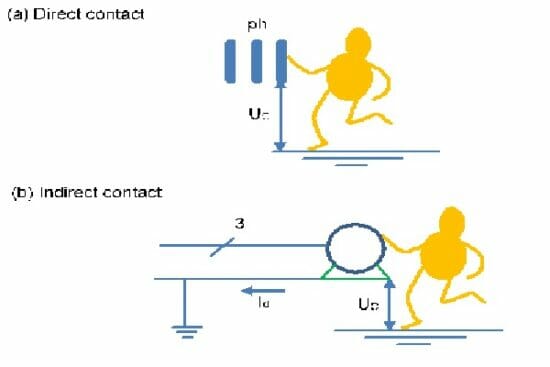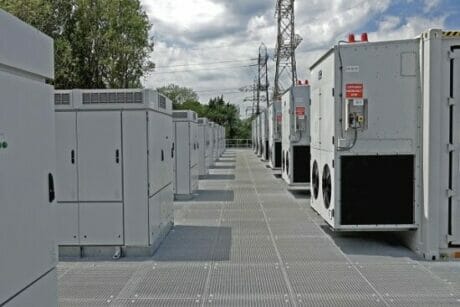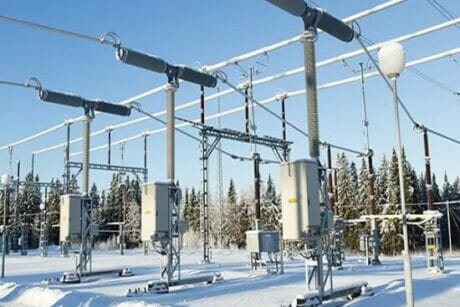No products in the cart.
- Course No E – 1941
- PDH Units: 3
Course No E - 1941
PDH Units: 3
- Course No E – 1941
- PDH Units: 3
Course No E - 1941
PDH Units: 3
Intended Audience: for Electrical Engineers
PDH UNITS: 3
Commonly used system grounding types in low voltage systems are:
- Exposed-conductive parts connected to neutral –TN
- Grounded neutral –TT
- Ungrounded (or impedance-grounded) neutral –IT
- System availability
- Maintenance requirements
Learning Objectives:
At the successful conclusion of this course, you will learn the following knowledge and skills:- Insulation fault causes
- Direct and indirect contact with live, energized element
- Managing the electrical hazard
- System grounding and protection of personnel
- TN grounding system and its implementation
- TT grounding system and its implementation
- IT grounding system and its implementation
- MV-LV disruptive breakdown inside the transformer
- Neutral protection according to system grounding
- Methods for system grounding selection
- PV system characteristics and potential hazards
- Relevant safety standards and codes
- Possible injuries and basic first aid concepts
Once completed, your order and certificate of completion will be available in your profile when you’re logged in to the site.








